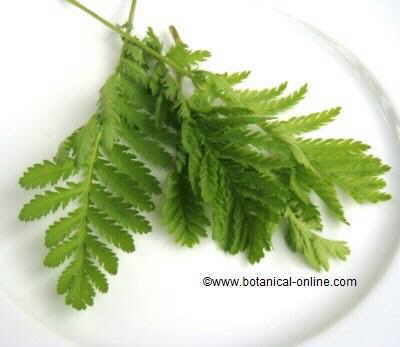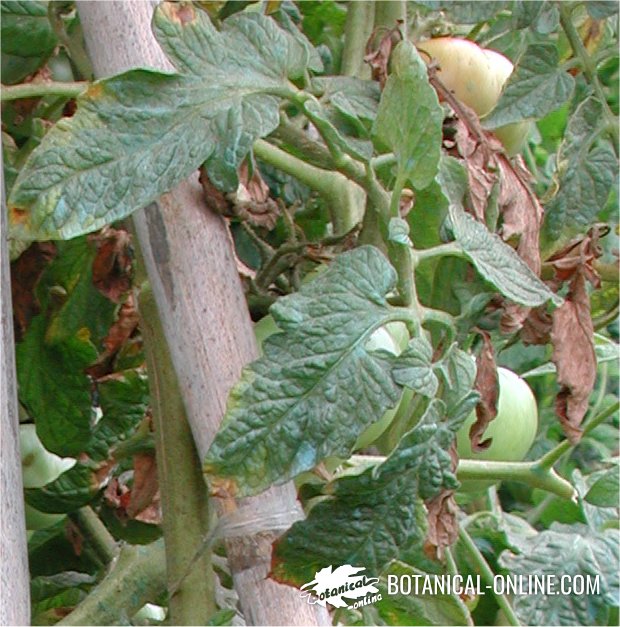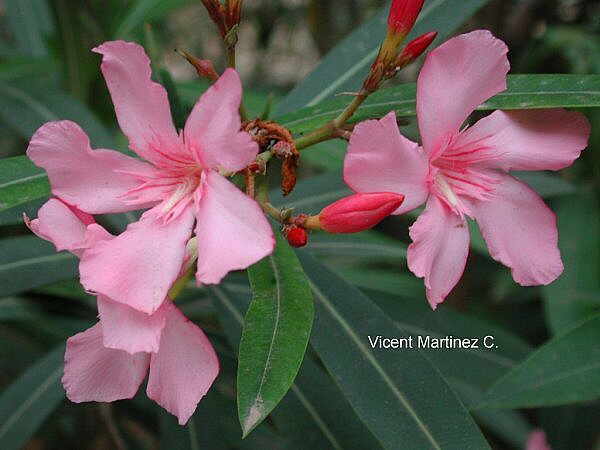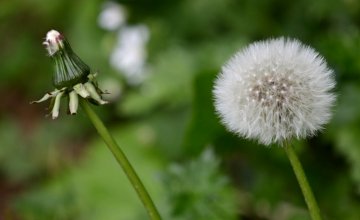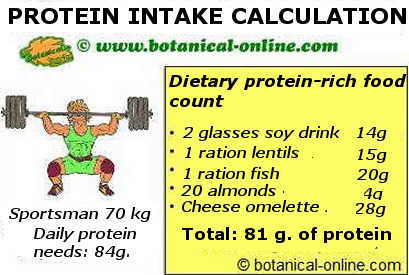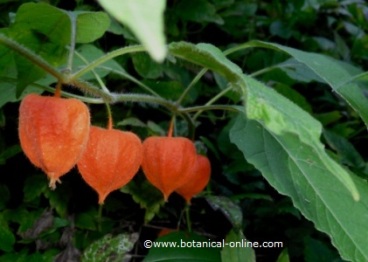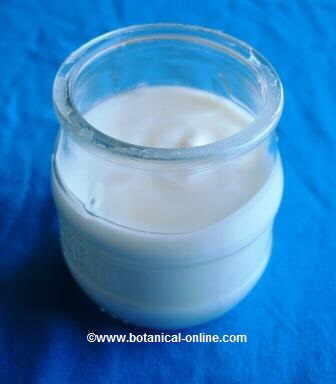Contents
- 1 BENEFITS OF TROPICAL FRUITS
BENEFITS OF TROPICAL FRUITS
CHARACTERISTICS OF TROPICAL FRUITS
The Importance of tropical fruits nowadays
Tropical fruit consumption has experienced a boom in recent decades. There are many markets where fruits from tropical warm regions appear more frequently.
Some of them, such as custard apples, avocados or pineapples are usually found and frequent fruit consumed as if they had always been with us, to the point that many consumers do not they realize that their appearance in the tropics distant markets is not so distant.
Other fruits such as guava, lychee, passion fruit or durian are still regarded as exotic fruit. Their higher price still makes them a luxury item available to the more affluent pockets. Many times it is the lack of these nutrients which provides a certain reluctance to consumption.
To know the characteristics, importance and how to make use of some of these foods is the main objective of this article.
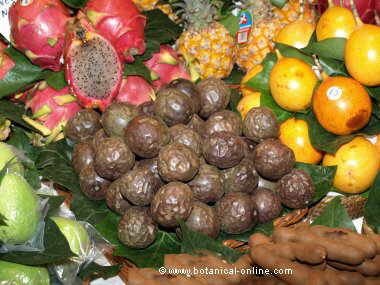
Characteristics of tropical fruits
A world of colors : First of all what is most striking in tropical fruits is its vividness, its richness in color. Simply put us in front of a stop in any market to feel particularly attracted by the variety of colors that these offer us: the contrasting yellow bananas with olive-green avocado, Red bladder cherry or purple pitahaya with pink papaya; green kiwi with yellow pineapple.
It is popularly said that ” the bright colors delight the eye ” but it has been shown that the variety of colors have a great importance in food to stimulate appetite. We must also bear in mind that these vivid colors are the result of the richness of these foods in very important components to health, mainly flavonoids and carotenoids.
Thus, for example, the yellow of papaya is due to its rich in lycopene, a dye with antioxidant properties, able to protect against many cancers as well as to lower the blood cholesterol or prevent inflammation of the prostate.
The red color of watermelon also responds to lycopene. Melons, however, have yellowish fruit of their wealth in beta carotene. (see more information about this in “The importance of color in food“)
A world of odors and flavors
Tropical fruit aromas and flavors are usually very prominent, most of them designed to attract the animals that eat them and expel their seeds somewhere else. This way, they facilitate the dispersion of the plant and seed germination in other places where there is less competition for soil and light.
These natural odors are very important for men, because flavour in food awaken our appetite by stimulating the production of food juices. Using this type of fruit is very suitable for children or people with eating disorders like anorexia.
The sweet taste of tropical fruits is due to its richness in sugar, higher than in those fruits of non-tropical origin. This high content occurs as a consequence of a higher temperature in the geographic areas where these fruits are produced and to the increased removal of water which leads to a higher concentration of sugars.
For example, tree-ripened bananas contain up to 80% of sugar which converts them into a high-energetic food. When exporting, they are picked green and its content is still very high as it reaches up to 25% of its net weight. The sugar richness of tropical fruit does not imply that these fruits have necessarily to make you get fat.
Quite the contrary, most of them provide a great feeling of satiety so we can go without eating other more fattening foods. Tropical fruits are well suited to a diet to lose weight. (There is famous slimming diet that consists of eating pineapple and yogurt for 3 days)
A world of vitamins and minerals
Tropical fruits tend to have a higher concentration of vitamins and minerals as a result of a higher concentration of liquids produced by heat. Kiwis are more rich in vitamin C. Half of a piece of fruit, that’s to say, a kiwi about 75 gr., contains 74.5 mg of vitamin C, that is 82.7% of the daily recommended amount of vitamin C. Its content almost doubles that of the orange, since a medium orange weighing approximately 140 gr. contains 80.2 mg. Eating a simple kiwi every morning is almost a way of ensuring the daily ration of vitamin C.
A medium mango provides much more than the daily required amount of vitamin A for an adult in the form of carotenoids which are mostly the ones that give the pulp of this fruit its particular yellowish or reddish tinge.
A medium papaya contains about 190 mg of vitamin C, an amount that doubles the recommended daily dose for an adult (90 mg in men and 75 in women) 140 g of this fruit ( A cup of papaya chunks) provide 86.5 mg of vitamin C, so it virtually covers the recommended dose.
Bananas contain magnesium, potassium, phosphorus and iron. Especially rich in potassium is the kiwano, a kind of yellow melon from New Zealand, which is elongated and yellowish crusty provided with long skewers. Pineapples are rich in iodine, calcium, iron, manganese and sulfur.
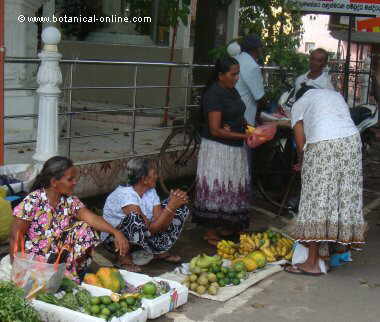
A world of natural virtues
Many tropical fruits contain principles that promote digestion, such as bromelain from pineapple, which helps digest food properly, hence the custom of ending many of the feasts and banquets with a piece of pineapple.
A custom, moreover, that is is deeply rooted since ancient times in the Antilles. Bromelain is a proteolytic enzyme such as it occurs with actinidin from kiwi or ficin from figs. Such proteins are very interesting in food because they help to disaggregate the proteins and promote digestion, preventing gastritis and the formation of gases.
No less interesting is the fat-rich avocado. These fats are very good because they contain essential fatty acids (linolenic and linoleic acids) so that avocado and other foods, such as olive oil, oily fish, garlic or apple can help to counteract the harmful effects of saturated fat contained in animal fats. Avocado is a very good food to prevent the formation of cholesterol, reducing the risk of vascular disease such as heart attack or brain hemorrhage.
On hot summer days many of these tropical fruits are very refreshing, such as watermelon that gives us a huge amount of water and helps prevent dehydration. Equally a good yogurt smoothie with fresh passion fruit, will be a good resource to quench your thirst.
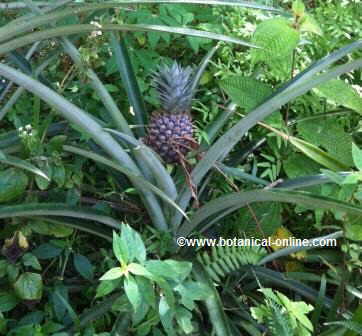
Origin of tropical fruits
Although many tropical fruits are adapted to hot climates places as it happens with custard apples, melons, persimmons and kiwis, most tropical fruits come from tropical or subtropical countries such as Brazil, Colombia, El Salvador, Puerto Rico, Honduras, Ecuador, etc..
If we want these fruits can reach other destinations, they will have to undergo a series of processes that enable them to arrive to the consumer in the best possible conditions.
Among these the most important processes are:
Collecting and cleaning:
Tropical fruit is collected in its place of origin. In most places manual collection is still being used . The fruits are picked when they are fully developed but not ripe. Subsequently, the fruits are subjected to a cleaning with water, which removes impurities and slows the process of loss of sap or latex in the area of cuttings.
It is common to pre-cool this type of fruit before being subsequently subjected to the cold chain. This is mainly done with water or with fans. This allows lowering the high temperature that the fruits suffered on the tree.
The cold chain
Once they are cut from the plant, in its natural state, they continue with a series of processes that allow them ripening. To avoid maturation to occur too rapidly (something that will spoil the fruits before reaching their destination) they are subjected to a cooling process that delays ripening.
Each fruit has a proper temperature maintenance but this is usually between 8 and 15 ° C. Some fruits require lower temperatures. Persimmons and kiwis are conserved º C, dates or figs are cooled between 0 and 1 º C and grenades between 0 and 2 ° C.. This cooling process takes place in containers and refrigerated.
Most tropical fruits do not need so cold and are often damaged when subjected to freezing temperatures. Bananas are stored at higher temperatures (between 12.5 and 13 º C), mangos between 10 and 13 º C, papayas or passion fruits between 8 and 10 ° C, pineapples between 8.5 and 12 º C.
Transportation
Most tropical fruits are transported by refrigerated containers on maritime transport. This type of transport is replacing the refrigerated ships. Modern techniques allow large controlled atmosphere for the ripening time. This technique consists in reducing the oxygen in the containers at a rate not exceeding 5 %, and increase carbon dioxide to 3%. In this way, it is achieved to slow the metabolic processes that in normal conditions would make the fruit to mature faster. This process gets numb the microorganisms responsible for the putrefaction so they do not develop disease. Also humidity is increased between 85 and 95 % without the fruit to be affected, so it can be kept in better condition.
Some fruits are harvested just ripe to be transported so quickly so that consumers can eat them ready. Here the only appropriate means of transport is the plane that allows a tropical fruit to reach its market in a few hours. Among these fruits, we have, for example, dates, figs, persimmons or passion fruit.
Storage
Once they arrive at their destination, fruits are usually stored for a few days. To maintain all their properties and preserve them well, each fruit must have storage conditions that is typically established on 8 or 10 ° C.
Maturation
Except for some fruits like bananas, for which there is a special ripening process, final maturation of tropical fruits is produced in the consumer home . It is necessary to be done in a warm place, with average temperatures around 20 ° C.
Once they have matured, they should be eaten quickly as they usually hold a few days even in the fridge. To facilitate its moisture, they should be stored in a plastic bag, with some holes, so the skin is kept cooler and smooth.
![]() More information about tropical fruits.
More information about tropical fruits.

